
www.rhci-online.net/radiogram/radiogram.htm
██╗ ██╗██████╗ ██████╗ ██████╗ █████╗ ██████╗ ██╗ ██████╗ ██████╗ ██████╗ █████╗ ███╗ ███╗ ██║ ██╔╝██╔══██╗██╔════╝ ██╔══██╗██╔══██╗██╔══██╗██║██╔═══██╗██╔════╝ ██╔══██╗██╔══██╗████╗ ████║ █████╔╝ ██████╔╝██║ ██████╔╝███████║██║ ██║██║██║ ██║██║ ███╗██████╔╝███████║██╔████╔██║ ██╔═██╗ ██╔══██╗██║ ██╔══██╗██╔══██║██║ ██║██║██║ ██║██║ ██║██╔══██╗██╔══██║██║╚██╔╝██║ ██║ ██╗██████╔╝╚██████╗ ██║ ██║██║ ██║██████╔╝██║╚██████╔╝╚██████╔╝██║ ██║██║ ██║██║ ╚═╝ ██║ ╚═╝ ╚═╝╚═════╝ ╚═════╝ ╚═╝ ╚═╝╚═╝ ╚═╝╚═════╝ ╚═╝ ╚═════╝ ╚═════╝ ╚═╝ ╚═╝╚═╝ ╚═╝╚═╝ ╚═╝
|
RSID: <<2014-08-02T11:32Z MFSK-64 @ 6095000+1500>>
<STX>
On KBC's 6095 kHz frequency, I hear ads for something that sounds
like "Super-Co" or "Super-Coat."
Actually, it's SuperCove. A "cove" is the moulding where an
interior wall meets the ceiling.
SuperCove "is faced with a high quality paperboard" rather than
plaster.
<EOT>
<STX>
Sending Pic:168x83C;

<EOT>
<STX>
http://www.supercove.co.uk/
<EOT>
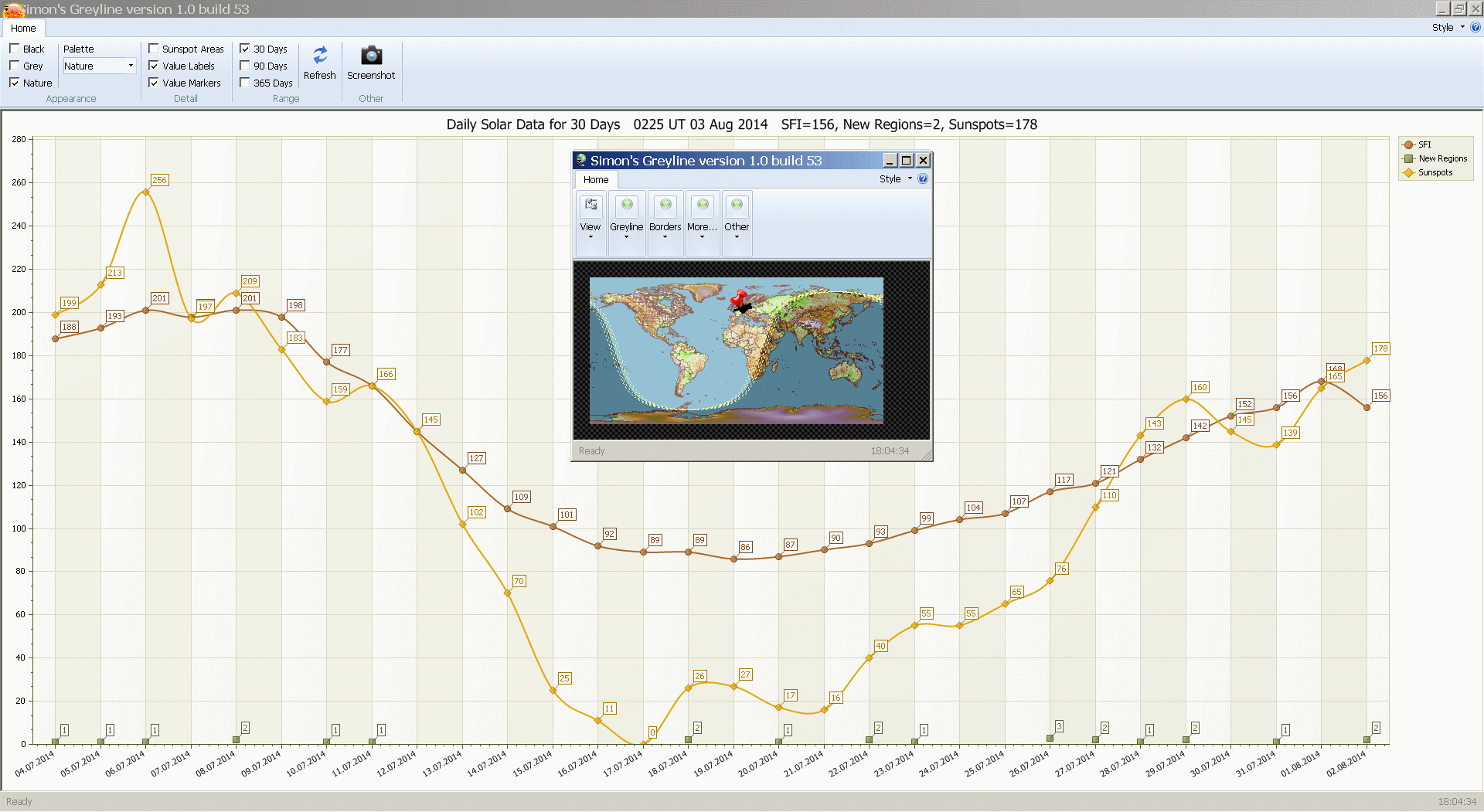
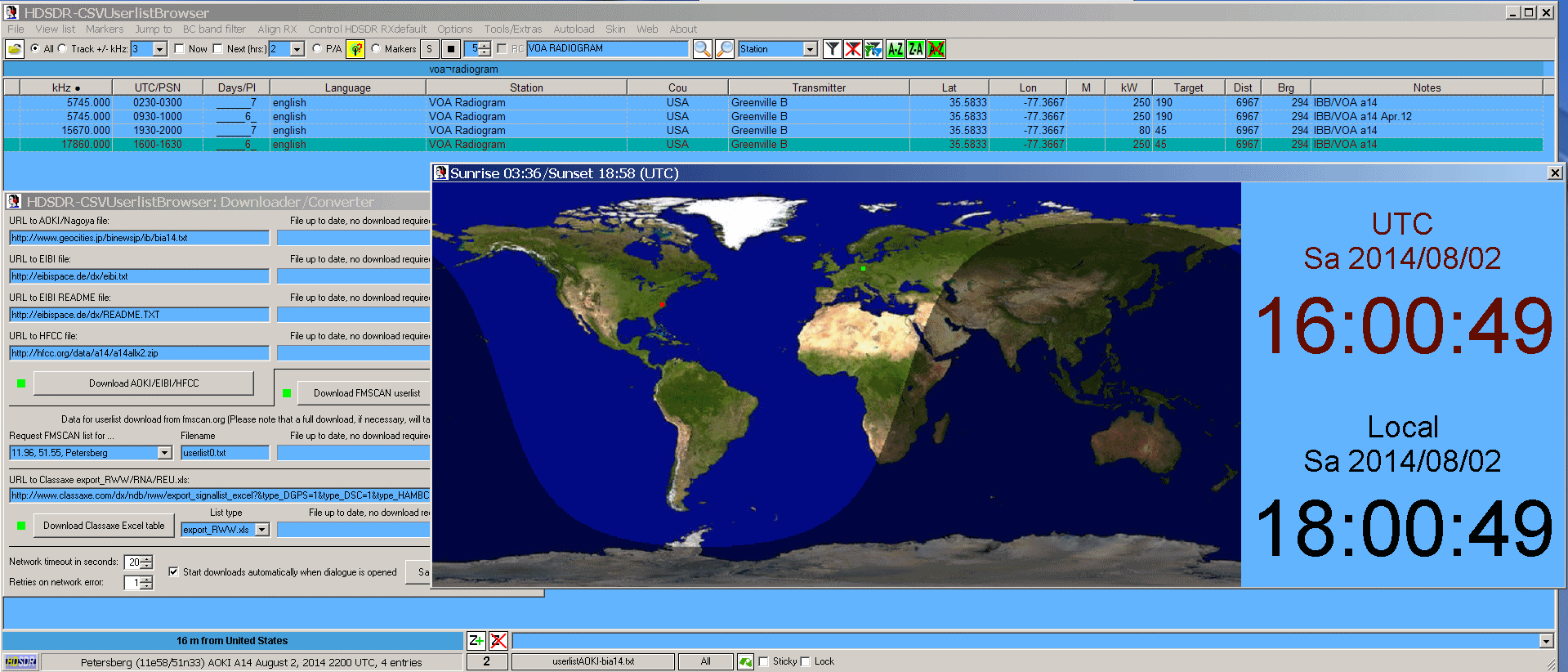
██╗ ██╗ ██████╗ █████╗ ██████╗ █████╗ ██████╗ ██╗ ██████╗ ██████╗ ██████╗ █████╗ ███╗ ███╗ ██║ ██║██╔═══██╗██╔══██╗ ██╔══██╗██╔══██╗██╔══██╗██║██╔═══██╗██╔════╝ ██╔══██╗██╔══██╗████╗ ████║ ██║ ██║██║ ██║███████║ ██████╔╝███████║██║ ██║██║██║ ██║██║ ███╗██████╔╝███████║██╔████╔██║ ╚██╗ ██╔╝██║ ██║██╔══██║ ██╔══██╗██╔══██║██║ ██║██║██║ ██║██║ ██║██╔══██╗██╔══██║██║╚██╔╝██║ ╚████╔╝ ╚██████╔╝██║ ██║ ██║ ██║██║ ██║██████╔╝██║╚██████╔╝╚██████╔╝██║ ██║██║ ██║██║ ╚═╝ ██║ ╚═══╝ ╚═════╝ ╚═╝ ╚═╝ ╚═╝ ╚═╝╚═╝ ╚═╝╚═════╝ ╚═╝ ╚═════╝ ╚═════╝ ╚═╝ ╚═╝╚═╝ ╚═╝╚═╝ ╚═╝
RSID: <<2014-08-02T16:01Z
MFSK-32 @ 17860000+1500>>
<STX>
Welcome to program 70 of VOA Radiogram from the Voice of America.
I'm Kim Andrew Elliott in Washington.
Here is the lineup for today's program (MFSK32):
1:32 Program preview (now)
2:40 International broadcasting bill passes House, with image
8:17 Moose drool detoxifies fungus, with image
11:36 ESA spacecraft will land on comet, with image
18:18 Bahama Islands formed from Sahara dust, with image
22:29 Outernet, via satellite, launches 11 August, with logo
25:25 Closing announcements
Please send reception reports to radiogram@voanews.com.
And visit voaradiogram.net.
Twitter: @VOARadiogram
<EOT>
<STX>
VOA NEWS
House Passes Bill To Overhaul US International Broadcasting
Cindy Saine
July 28, 2014
CAPITOL HILL - The U.S. House of Representatives has passed a
bill that would overhaul U.S. international broadcasting,
including this agency, the Voice of America, four other
government-financed broadcasters and the Broadcasting Board of
Governors that oversees all of them.
Supporters of the bipartisan bill say the United States needs to
fight back more effectively in the war of information against
countries like Russia and China. But some opponents of the bill
say they fear it would undermine VOA's journalistic integrity and
its reputation.
House Foreign Affairs Committee chairman Ed Royce says
international outrage over recent events in Ukraine shows how
important it is for the United States to counter what he called
continuous Russian propaganda in the region.
"Who is going to offset that propaganda? Our best weapon in this
informational battle, the Broadcasting Board of Governors, the
BBG, is totally defunct," said Royce.
The reform bill passed the House Monday by a voice vote. The
legislation would reduce the Broadcasting Board of Governors,
which former Secretary of State Hillary Clinton called
practically defunct, to an advisory role and would appoint a
full-time CEO to run U.S. international broadcasting. The
measure also defines the role of the Voice of America, as
Democratic Congressman Gerald Connolly explains.
"Voice of America, for example, will now confine itself to its
public diplomacy mission, to foster positive relationships
between the United States and the rest of the world," said
Connolly.
Some current and former VOA journalists say they agree that
changes to management are urgently needed, but they are worried
about language in the House bill that calls on the Voice of
America to promote U.S. foreign policy while being a fair and
accurate source of news. The bill also would reduce the scope of
VOA's coverage from world news to U.S. news and policy.
Former VOA deputy director Alan Heil says those changes would be
devastating:
"If that bill becomes law, VOA's worldwide following on radio, TV
and online channels would plummet precipitously. The Voice's
greatest asset, its credibility, would be in shreds," said Heil.
Some media advocacy groups also have expressed alarm. Reporters
Without Borders Secretary-General Christophe Deloire issued a
statement in May urging U.S. authorities not to transform media
such as Voice of America, Radio Free Europe and Radio Free Asia
into diplomatic communication tools. Deloire said "adopting the
attitudes of information warfare" would be extremely regrettable.
A similar U.S. broadcasting bill would have to pass in the
Senate, and then be signed by President Barack Obama in order to
become law. It is not clear when or if the Senate will take up
the issue
http://www.voanews.com/content/house-passes-bill-to-overhaul-us-international-broadcasting/1967013.html
<EOT>
<STX>
Image: House Foreign Affairs Committee Chairman Rep. Ed Royce...
<EOT>
<STX>
Sending Pic:154x87C;

<EOT>
<STX>
This is VOA Radiogram from the Voice of America.
Please send reception reports to radiogram@voanews.com.
VOA NEWS
Moose Drool Detoxifies Fungus
Amy Lu
July 28, 2014
Moose drool has been proven an unlikely weapon in the daily fight
for survival, according to new research.
The study, published in Biology Letters, is the first to show
that an animal can ‘fight back' against a plant defense, while
providing a glimpse of the back and forth strategy of survival.
Plants have defenses, such as thorns or bitter taste, to deter
predators and ensure growth. "We know that animals can remember
if certain plants have made them feel ill, and they may avoid
these plants in the future," said York University biology
professor Dawn Bazely.
One species of grass defends itself by harboring a toxic fungus
that fends off hungry animals. But moose can graze on the grass
with no ill effect.
Bazely and her colleagues wondered why. Following up on a study
which found that moose grazing had a positive effect on plant
growth, they applied samples of moose saliva to grass containing
the poisonous fungus. Within 12 to 36 hours, the grass was
"detoxified".
She added that repeated exposure of the moose saliva reduced
toxins in the grass by 41 to 70 percent. That may make preferred
grazing areas even more hospitable for the moose.
http://www.voanews.com/content/moose-drool-eliminates-fungus/1966751.html
<EOT>
<STX>
Image: A moose...
<EOT>
<STX>
Sending Pic:153x101C;

<EOT>
RSID: <<2014-08-02T16:11Z MFSK-32
@ 17860000+1500>>
<STX>
This is VOA Radiogram from the Voice of America.
Please send reception reports to radiogram@voanews.com.
VOA NEWS
ESA Spacecraft to Land on a Comet
George Putic, KI4FNF
July 28, 2014
After a long flight through deep space, a European Space Agency
probe is finally approaching its target - a comet millions of
kilometers away from earth. Scientists say the mission may lead
to some startling discoveries about the origins of the water on
earth.
Ten years ago, a European Space Agency rocket took off with a
spacecraft called Rosetta, on a mission to perform the most
detailed study of a comet.
While asteroids are large rocks, almost like small planets,
comets are mostly made of ice, says Ralph Cordey, the business
manager for Airbus Defense and Space, which built the Rosetta
spacecraft.
"We know today that our Earth has a great deal of water on it, we
don't know exactly where it came from and it's likely that comets
had a lot to do with that process," said Cordey.
It took more than 10 years for Rosetta to make three swings
around Earth and one around Mars - gathering enough speed to
reach the comet named 67P / Churyumov-Gerasimenko, 400,000
kilometers from Earth.
For the last two-and-half years many of its onboard systems were
in the sleep mode to save energy, says Airbus engineer Simon
Barraclough.
"So when we're close to the Sun, a lot of things are on. When
we're further from the Sun, a lot of things are off," said
Barraclough.
A 'wake-up call' in January brought cheers in the mission
headquarters in Darmstadt, Germany, as a signal from Rosetta
indicated that its computer was wide awake again.
The spacecraft will soon start orbiting the comet at a distance
of about 10 kilometers, taking measurements and mapping its
surface.
In November, it is scheduled to release a smaller probe called
Philae, which will land on the comet.
Cordey says both Rosetta and Philae will measure the comet's gas
and dust and send pictures of its surface.
"It will also have a very nice radar system onboard it which will
communicate with the orbiting spacecraft - the mothercraft - and
use the radar signals to probe the heart of the comet's nucleus.
So it's not just looking at the surface or the environment around
it, it's actually going to be probing what's underneath the
surface," he said.
The probes will travel with the comet for a full year.
Rosetta will continue measuring how the comet changes as it
approaches the sun and starts to warm up, while Philae will
analyze samples of the its surface and subsurface.
http://www.voanews.com/content/esa-spacecraft-to-land-on-a-comet/1966885.html
See also http://www.esa.int/Our_Activities/Space_Science/Rosetta
<EOT>
<STX>
Image: Rendition of the Philae probe on comet 67P...
<EOT>
<STX>
Sending Pic:231x186C;
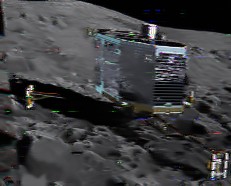
<EOT>
<STX>
This is VOA Radiogram from the Voice of America.
Please send reception reports to radiogram@voanews.com.
Study: Dust from Sahara Helped Form Bahama Islands
VOA News
July 25, 2014
What does the Sahara Desert have in common with a Caribbean
island? Quite a lot, say researchers from the University of
Miami.
Their study shows that the iron-rich dust from the vast African
desert, carried 8,000 kilometers through the atmosphere across
the Atlantic, nourished the specialized bacteria that produced
the calcium carbonate to build up the Bahama islands over the
last 100 million years.
Led by marine geologist Peter Swart, the scientists found high
concentrations of two trace elements characteristic of Sahara's
sand in samples of the sea floor along the Great Bahama Bank.
The sediment there was created by cyanobacteria, which, Swart
says, "need 10 times more iron than other photosynthesizers
because they fix atmospheric nitrogen."
That process produced the calcium carbonate that now surrounds
the Bahama island chain.
Their research appears in the journal Geology.
http://www.voanews.com/content/geologists-say-sahara-dust-helped-form-bahama-islands/1965233.html
See also:
http://geology.gsapubs.org/content/early/2014/06/26/G35744.1.abstract
<EOT>
<STX>
Image: The Bahama Banks are submerged carbonate platforms that
make up much of the Bahama Archipelago (NASA photo)...
<EOT>
<STX>
Sending Pic:183x181C;
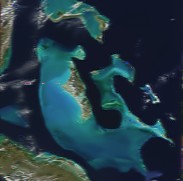
<EOT>
RSID: <<2014-08-02T16:22Z
MFSK-32 @ 17860000+1500>>
<STX>
This is VOA Radiogram from the Voice of America.
Please send reception reports to radiogram@voanews.com.
Something called the Outernet will launch on 11 August.
From its website:
"Through satellite data broadcasting, Outernet is able to bypass
censorship, ensure privacy, and offer a universally-accessible
information service at no cost to global citizens. It's the
modern version of shortwave radio, or BitTorrent from space."
See https://www.outernet.is/ , which is hip and stylish and,
youtube
resultingly, abstruse in its description of the project.
See also:
http://www.marketplace.org/topics/tech/contents-internet-satellite
download
http://blogs.dw.de/insider/tag/outernet/
Deutsche Welle
Announces Content Partnership with Outernet
I wish them luck -- whatever they are doing.
<EOT>
<STX>
Sending Pic:177x168C;
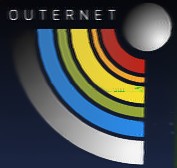
<EOT>
<STX>
Please send reception reports to radiogram@voanews.com.
And visit voaradiogram.net.
Twitter: @VOARadiogram
Thanks to colleagues at the Edward R. Murrow shortwave
transmitting station in North Carolina.
I'm Kim Elliott. Please join us for the next VOA Radiogram
This is VOA, the Voice of America.
<EOT>
RSID: <<2014-08-02T16:26Z
MFSK-64 @ 17860000+1500>>
<STX>
Sending Pic:632x44C;
![]()
<EOT>
RSID: <<2014-08-02T16:28Z
THOR16
@ 17860000+1500>>
<STX>
Thank you for decoding the modes on VOA Radiogram.
<EOT>
www.rhci-online.net/radiogram/radiogram.htm
|
QTH: |
D-06193 Petersberg (Germany/Germania) |
|
Ant.: |
Dipol for 40m-Band |
|
RX: |
ICOM IC-R75 + IF-mixer |
|
Software IF: |
con STUDIO1 - Software italiano per SDR [SAM-USB] |
|
Software AF: |
|
|
OS: |
German XP-SP3 with support for asian languages |
|
PC: |
MEDION Titanium 8008 (since 2003) [ P4 - 2,6 GHz] |
DRM-images - received via EASYPAL/DSSTV on 14233kHz/USB (FRG-100 / Dipol for ~12 MHz)
Here are some pictures of ES4RC (ILMAR REIMANN, 46601 Vinni/Lääne-Virumaa, from Estonia) received last weekend:
|
|
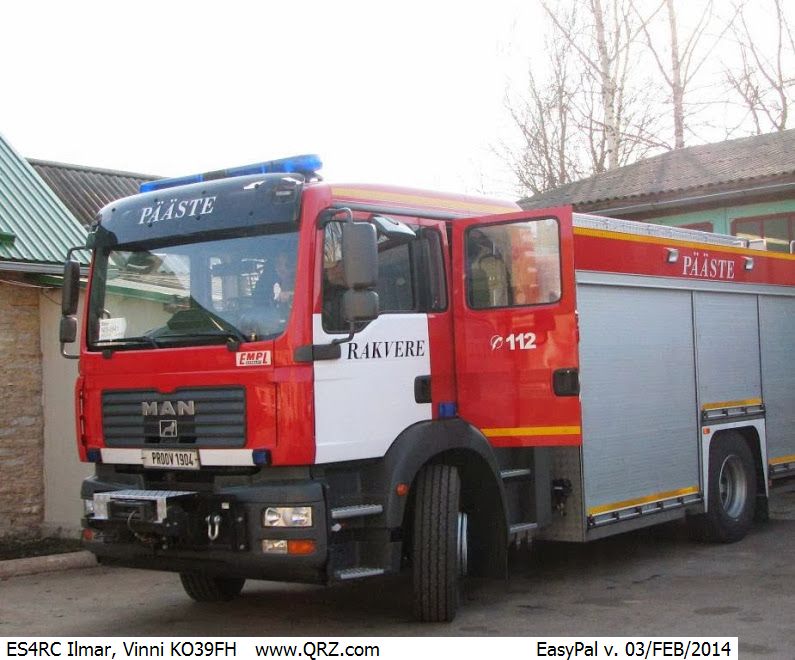 |
|
|
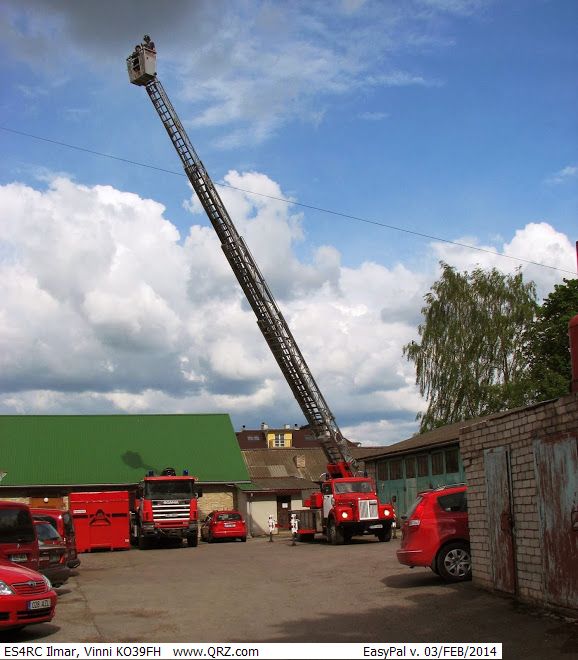 |
|
|
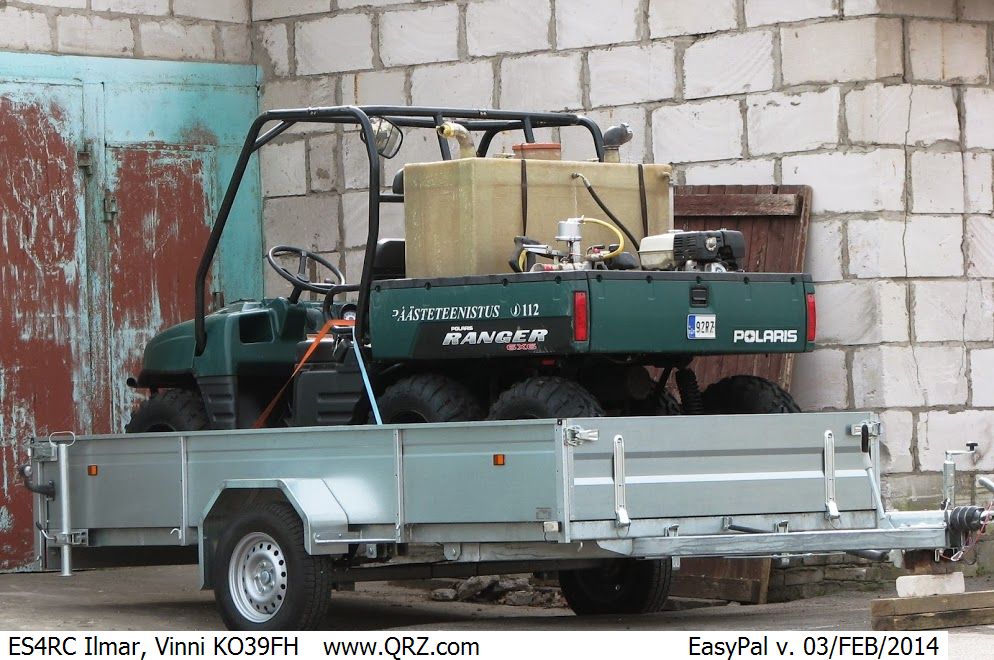 |
|
|
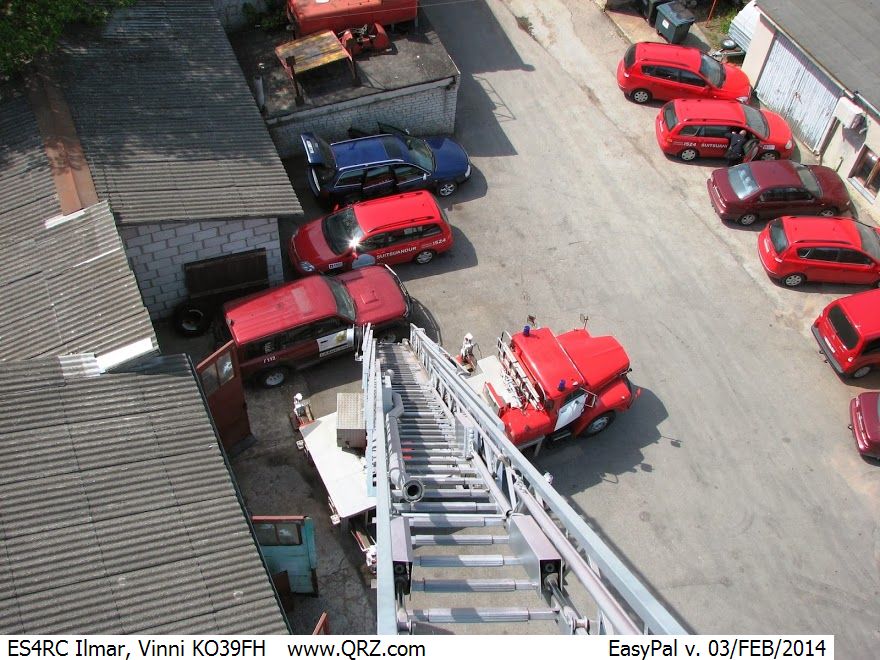 |
|
|
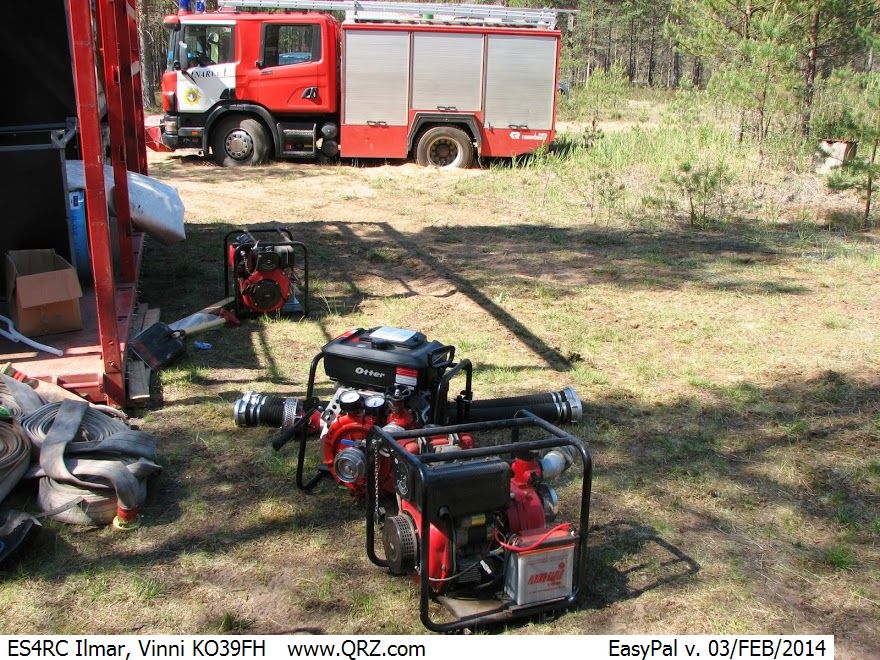 |
|
|
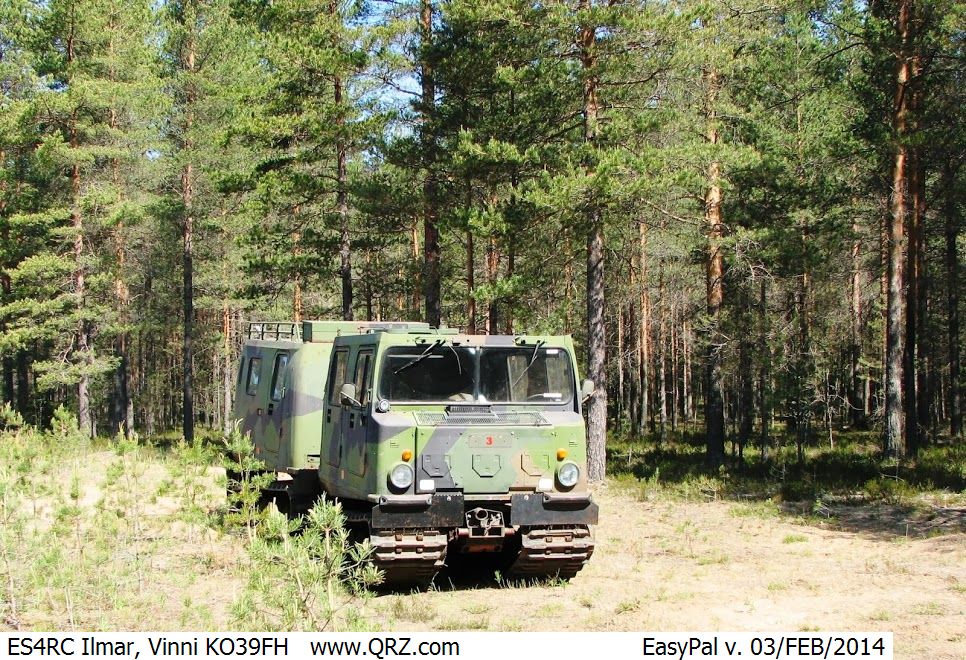 |
|
|
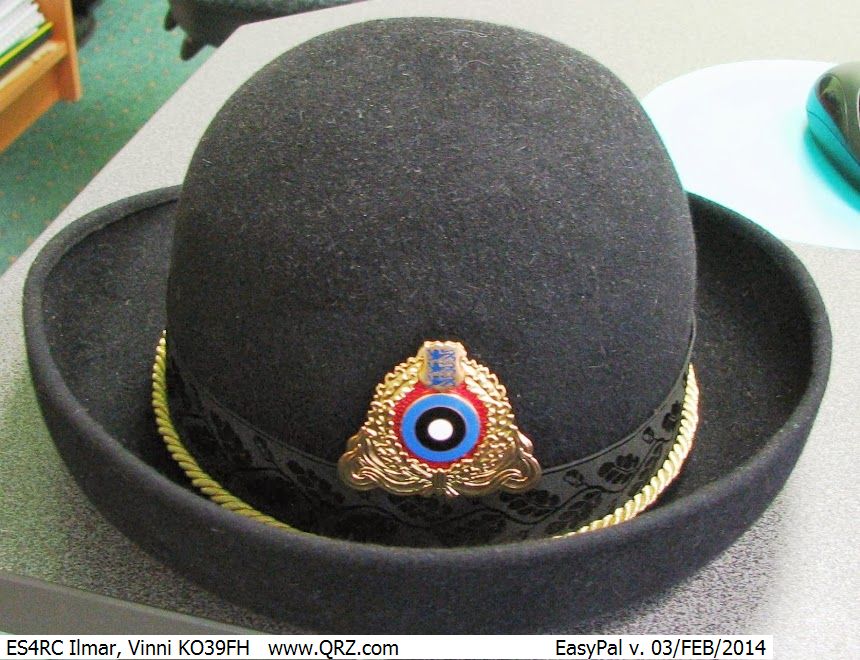 |
|
|
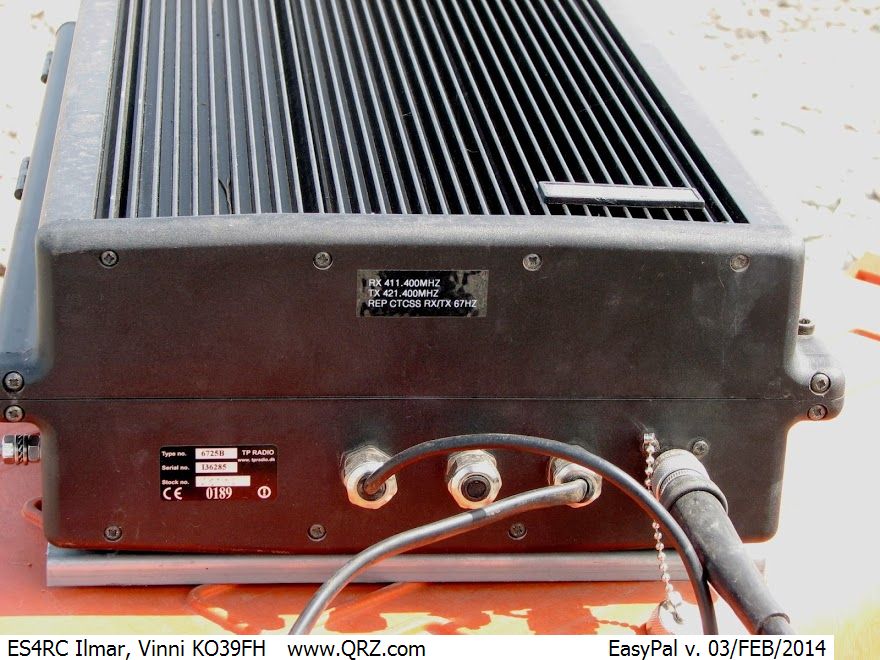 |
|
|
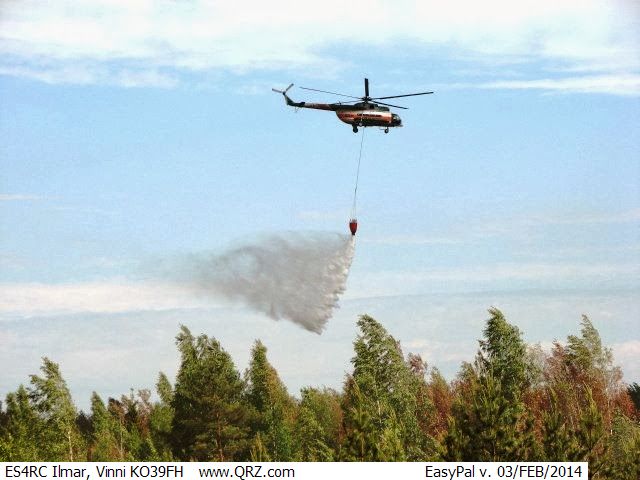 |
|
|
|
|
|
|